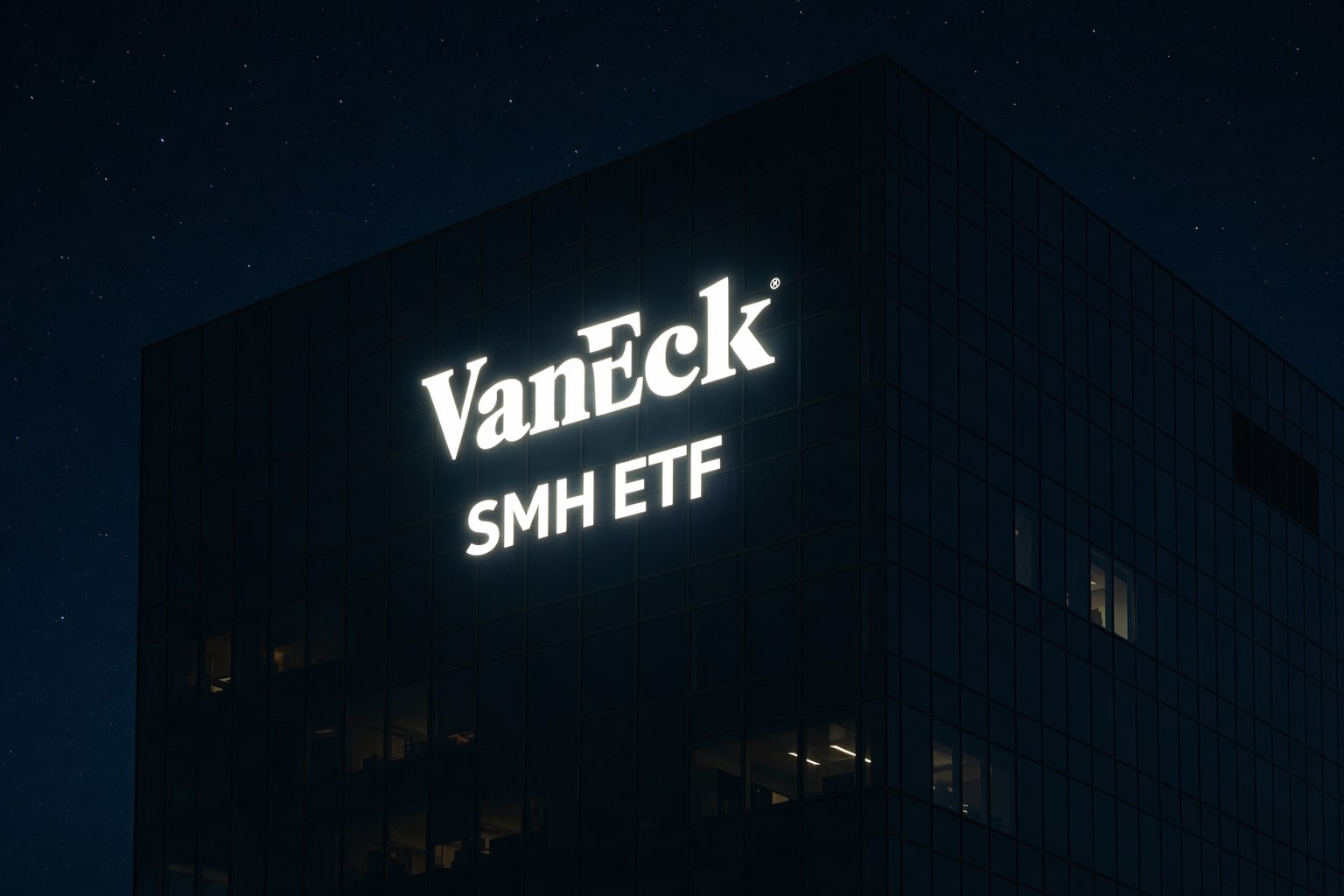
Bitcoin ETF Outflows Surge to $490M as BlackRock’s IBIT Loses $291M and BTC-USD Steadies Near $109,600
Institutional selling intensified across U.S. spot Bitcoin ETFs, led by BlackRock’s $291M withdrawal, with total redemptions of $490M in one day | That's TradingNEWS
Bitcoin ETF Outflows Deepen as BlackRock’s IBIT Loses $291M, Sector Faces $490M Net Withdrawal While BTC-USD Holds Near $109,600
The U.S. spot Bitcoin ETF market endured its sharpest two-day retreat since early August, signaling a sudden contraction in institutional appetite amid policy uncertainty and shifting macro signals. Total redemptions across all Bitcoin ETFs reached $490.43 million on October 30, with BlackRock’s iShares Bitcoin Trust (IBIT) alone shedding $290.9 million, its largest daily outflow since August 4. This aggressive pullback followed a prior day’s $471 million withdrawal, pushing the week’s cumulative outflow above $960 million, underscoring how quickly investor sentiment flipped after Federal Reserve Chair Jerome Powell’s cautious comments on future rate cuts.
Institutional Rotation Accelerates as BTC-USD Tests $110,000 Amid Policy Uncertainty
Despite the outflows, BTC-USD briefly recovered to $110,000, marking a 0.7% rebound from the previous day on the Binance USDT market. However, this bounce masks growing caution. Traders have pivoted sharply following Powell’s assertion that a December rate cut “is not a foregone conclusion,” which sent risk assets—including Bitcoin ETFs—into rotation. Market data from CryptoQuant confirmed a surge in profit-taking and ETF redemptions, with U.S. investor participation falling to its weakest seven-day average since April. The CME futures basis hit multi-year lows, confirming that both institutional and retail traders are trimming exposure rather than adding new capital.
BlackRock’s IBIT Dominance Highlights Concentration Risk in Bitcoin ETF Market
BlackRock’s IBIT remains the dominant force among Bitcoin ETFs, holding roughly 805,000 BTC worth nearly $87 billion, yet its overwhelming size exposes the sector to single-manager risk. Excluding BlackRock, the spot Bitcoin ETF ecosystem would show a net year-to-date outflow of $1.27 billion, illustrating that the industry’s health is overly reliant on one firm’s flows. Fidelity’s FBTC reported $46.55 million in daily outflows, while ARK 21Shares’ ARKB and Bitwise’s BITB saw respective redemptions of $65.62 million and $55.15 million. The combined pressure erased a week’s worth of October inflows, although the month still closed positive at $3.61 billion, slightly above September’s $3.53 billion, proving that institutional demand—while cooling—remains structurally intact over the quarter.
Fed Policy and Arbitrage Closure Trigger Redemptions Across Bitcoin ETFs
The coordinated outflows were compounded by a narrowing arbitrage window between ETF prices and underlying spot Bitcoin, discouraging authorized participants from creating new units. Traders described this as a “mechanical rotation” rather than panic selling, noting that short-term macro friction from the Trump–China trade policy revisions also discouraged new inflows. Analysts said the short-term ETF selloff reflected closed arbitrage spreads, not collapsing demand. The 7-day 25-delta skew on Deribit options dropped from -0.1 to -8, showing traders paying a steep premium for downside protection. While this metric rebounded modestly, it remains negative—evidence that sentiment, though stabilizing, remains defensive.
Ethereum and Altcoin ETFs Begin Absorbing Institutional Flows as Bitcoin Cools
The shift in ETF flows is mirrored by a clear institutional rotation toward Ethereum and alternative assets. Spot Ethereum ETFs recorded $184 million in daily outflows but continued to outperform on a quarterly basis, attracting $9.6 billion in Q3 inflows, surpassing Bitcoin’s $8.7 billion. In parallel, Solana ETFs logged $37.33 million in daily inflows, led by Bitwise’s $BSOL ETF with $36.55 million, marking a three-day streak of positive flow. Analysts view this as the start of a diversification cycle: investors who initially entered digital assets through Bitcoin ETFs are reallocating to altcoin products to balance risk. According to Bitget, Ethereum and Solana ETFs collectively attracted $11.84 billion in inflows by October 2025, while BlackRock’s Bitcoin IBIT alone accounted for $28.1 billion, showing both dominance and fragility in the concentration of institutional exposure.
Macro and Market Data Indicate Institutional Pause, Not Capitulation
Bitcoin’s pullback from $111,000 to $109,345 this week mirrors a broader de-risking across risk assets, rather than structural liquidation. FedWatch data shows the probability of a December rate cut dropping to 67%, from 90% before Powell’s remarks, tightening liquidity expectations. Meanwhile, Polymarket data priced a 71% probability of a 25bps cut, reinforcing investor indecision. Despite near-term withdrawals, October’s $3.61 billion ETF net inflow suggests institutional engagement remains robust on a longer horizon. Analysts at CryptoQuant highlight parallels with Q4 2024, when $11.2 billion of new Bitcoin ETF capital entered post-policy stabilization. If similar easing occurs into early 2026, ETF demand could resume, especially with spot BTC above $109,000 and options volatility offering attractive entry points.
Whale Activity on Binance Adds Layer of Short-Term Pressure
On-chain analytics show the Binance Whale Ratio rising from 0.33 on October 12 to 0.41 by October 25, a notable shift indicating that large holders are transferring Bitcoin to exchanges, possibly to increase sell-side liquidity. Historically, a rising whale ratio aligns with elevated short-term supply and price consolidation phases. However, Bitcoin’s resilience around the $109,000–$110,000 range implies that institutional market makers are absorbing this flow efficiently. Spot exchange inflows have increased by 281 BTC on a seven-day average, the weakest since April but consistent with profit-taking behavior. This controlled selling pressure, coupled with subdued futures leverage, reduces the risk of cascading liquidations, indicating that structural demand remains underlying despite tactical redemptions
Read More
-
SMH ETF: NASDAQ:SMH Hovering at $350 With AI, NVDA and CHIPS Act Fueling the Next Move
16.12.2025 · TradingNEWS ArchiveStocks
-
XRP ETFs XRPI and XRPR: Can $1B Inflows Lift XRP-USD From $1.93 Back Toward $3.66?
16.12.2025 · TradingNEWS ArchiveCrypto
-
Natural Gas Price Forecast: NG=F Falls to $3.80–$3.94 as Warm Winter Kills $5.50 Spike
16.12.2025 · TradingNEWS ArchiveCommodities
-
USD/JPY Price Forecast - USDJPY=X Slides, BoJ 0.50% Hike, Fed Cut and NFP Set the Next Big Move
16.12.2025 · TradingNEWS ArchiveForex
Long-Term Institutional Framework Remains Constructive for BTC-USD
The longer-term structure of Bitcoin ETF holdings continues to expand despite volatility in daily flows. As of late October, aggregate ETF holdings stood near 1.43 million BTC, representing approximately 7.2% of total supply in circulation. This concentration within regulated vehicles has transformed Bitcoin into a quasi-institutional asset class, anchoring demand from pension funds, sovereign wealth portfolios, and asset allocators previously barred from direct crypto exposure. While short-term risk remains tied to Fed policy and global trade uncertainty, long-term accumulation trends suggest that capital flight from spot ETFs will likely revert once rate clarity returns. Analysts anticipate renewed inflows if Bitcoin stabilizes above $112,000, supported by potential BlackRock and Fidelity accumulation windows reopening in Q4.
Outlook and Investment View: BTC-USD Holds Resilience but Institutional Demand Temporarily Stalled
At $109,617, Bitcoin trades just below its weekly midpoint, preserving technical stability despite a heavy ETF withdrawal phase. Volatility remains elevated but controlled, with skew metrics hinting at balanced hedging rather than panic. The dominance of BlackRock’s IBIT continues to define the sector’s structural direction, making its flows the key barometer for institutional sentiment. Current ETF data suggests short-term caution but long-term conviction, with investors rebalancing exposure rather than exiting entirely. While altcoin ETF growth—led by Ethereum, Solana, and XRP—represents the next stage of diversification, Bitcoin remains the institutional anchor asset.
Based on current flow structures, volatility metrics, and positioning, the outlook for BTC-USD is neutral-to-bullish, warranting a Hold stance in the short term and a Buy bias into early 2026 once macro clarity returns. Institutional behavior indicates a pause—not a reversal—within the broader adoption cycle that has already seen over $28 billion of cumulative Bitcoin ETF inflows in 2025.

















